Branding: Here We Go Again, Part I
Say the word “branding” to any group of L&G executives, and you are likely to get some sighs, rolled eyes and under-the-breath utterances of “Here we go again.” In addition to being oft maligned, it is also the most widely misunderstood concept in the industry. Various consultants (myself included), tag and label vendors, promotional companies and advertising agencies are all guilty of jumping on the branding bandwagon. Do success stories exist? Absolutely. Are there a number of failures? You bet. Is this still a viable strategy for the industry? Yes. And, that’s the main reason for this article.
The problem with branding is that we use the word to describe point-of-purchase (POP) materials, promotions and a host of other marketing efforts. What is currently done in the industry is not really branding but in-store promotion. One of our goals in this article is to explain the difference between brands and promotions. We will also discuss some observations and research-supported facts about what will and will not work. Lastly, we will lay the groundwork for a successful branding formula that was researched in spring 2003.
Consumer Branding 101
There are many definitions of branding, but the common theme among versions is that branding is a long-term organizational commitment. A true brand must have focus, alignment and linkage.
Focus is the process used to define the product or service’s personality. What is its unique selling proposition? What is its core essence or personality? What promise is the product making to the purchaser? With respect to the “core essence,” brands are differentiating, compelling and enduring.
Alignment is the process that makes branding an organizational commitment. Here, the brand’s core essence is translated into strategies that will determine how the brand will behave in the marketplace. The job of the marketing manager is to make very calculated decisions on the marketing: brand name, brand promise, packaging, price, communication with the consumer, channels of distribution, product mix, selling volumes, financial contribution to the company and selling season. In most instances, all of these issues are planned before the brand is even launched.
In large corporations, a brand manager oversees these activities and employs the services of advertising agencies, graphic design firms, research companies, merchandising companies, media, etc. Over the long term, the job of the brand manager is to maximize market share and profitability by constantly altering the marketing mix variables in response to changes in consumer tastes, channels of distribution and competition.
Undoubtedly, this is an expensive process, which is why branding must be a long-term organizational commitment. It takes significant time and resources to break the clutter, create brand awareness, drive demand and yield an acceptable return.
Promotions are very different. Mostly what is done at retail is in-store promotion. Typically, promotions are a combination of merchandising, POP materials, in-store events and advertising/direct mail. Á
The main differences between brands and promotions are that brands always have a real or perceived difference from other products, endurance in the marketplace and a strategic intent.
Because of their endurance in the marketplace, demand and price sensitivity for brands can usually be measured (through research). Depending on the product class, brands may or may not yield a higher margin to the retailer. In supermarkets, for instance, private label goods can be more profitable. Branded items are stocked because they create traffic, and the retailer earns rebates, co-op advertising and other perks.
Can a product launched as a promotion become a brand? Absolutely. A good example in our industry is Wave petunias. This product has built a loyal following. Among consumers, the Wave petunia has a real or perceived difference in garden performance, the company is willing to dedicate resources to support this product for the long haul (endurance) and the brand’s personality is fairly compelling. After some time in the market, customer demand and awareness could be measured scientifically via research.
In this industry where marketing resources are scarce, our recommendation is to launch any new product using a promotional strategy. If the product is truly different and compelling, retailers and customers (over time) will build the brand for you.
10 Brutal Facts of Branding
Over the past five years, we have conducted numerous research studies on the topic and have collected some anecdotal evidence about what will and will not work in branding plants. Below, are the 10 brutal facts of branding.
1. Branding (as we are defining it in this article) makes sense if it is intended to be a galvanizing organizational initiative.
2. If branding cannot generate sustained demand, improved margins or increased market share, what’s the point?
3. Today, retailers (especially independents) hold all of the brand equity.
4. It is important to know which kind of brand you want to build. This article only discusses consumer branding. Trade branding is an entirely different subject. It is possible for a consumer brand to influence the trade; it virtually never happens in reverse.
5. As it relates to branding plants, NQuery’s research suggests that consumers care about quality, garden performance, unique colors or varieties, reducing the fear of failure and new uses of the product.
6. Branding is more difficult on plant material where there is no perceptible difference from existing options, which is why garden performance is typically the most powerful point of differentiation.
7. For plant material where there is virtually no product performance difference between two or more options, branding will only work if a supplier can garner enough shelf space in a retail setting to create an impact via tagging, labeling, merchandising and pricing.
8. Suppose you have a similar plant from two suppliers, both priced the same at retail. One version is supported by effective Á tagging and labeling, and the other carries a standard plant tag. If these two items are merchandised together, consumers will cherry pick and look for the best looking plant. Here, the merchandising is not working in conjunction with the POP materials to create a meaningful vignette for the branded product.
9. As a retailer, it is often necessary to buy similar plants from multiple suppliers. Suppose two annuals are merchandised together but priced differently. One version is supported by crafty tags and labels; the other is not. If there are no perceptible differences in the plant itself and the only difference is tagging, labeling and price, the consumer will always default to the less expensive option.
10. In some instances, clever labeling, packaging innovations and new uses of the product (regardless of merchandising) can induce the customer to trade up. Will this continue to work in the long run? Yes, if the product itself is unique.
The bottom line to these “Brutal Facts” is that ultimately it is the product and its performance that sell. For more common plant material, ad-hoc promotions can work to increase turns and margins, but it is not the POP materials alone that make it work. To effectively do in-store promotions, suppliers and retailers must work together and adhere to The Three P’s formula.
The Three P’s Formula
The Three P’s are POP, pricing and placement. Put simply, a POP program combined with higher pricing and better store placement can result in higher profits. Yes, higher profits. We’ve done the research and have the data to support it.
Why invest in POP? First, customers need to be more self-servicing. I’m not saying abdicate the personal touch and install self-checkout lanes, but during peak demand, POP can help sell the product. Second, our research has shown that tags and labels are the most widely consumed source of gardening information, including magazines, television and the Internet. Last, POP is one of the most cost effective ways to communicate with consumers at the point of sale, adding value to the purchase occasion and reducing fears of failure.
Why higher pricing? We are leaving money on the table. (The big box stores more than anyone need to re-read the preceding sentence.) Here are some observations to support my position.
According to research conducted by DIY Retailing, home center lawn and garden departments are one of the least productive when compared to hardware, plumbing and electrical. As the growth in box stores slows and the market becomes saturated, the emphasis will be on improving departmental productivity and overall profits.
Our research shows that consumers place a “subconscious” limit on the amount of plant material they purchase in one visit to the garden center. They realize the product is perishable and will only purchase an amount that can be consumed in the allotted time for gardening. (Remember, the average gardener is only giving us 4-5 hours per week.) According to research by Harris, the percentage of U.S. adults who say gardening is their favorite pastime is going down. Growth in the overall gardening market is slowing.
Gardening sales can only be increased by raising the average transaction and/or increasing the frequency of purchase. Increasing the frequency of purchase requires changing consumer behavior, and it costs a lot of money to change consumer behavior. There are numerous ways to raise the average transaction, and pricing is one of them.
Achieving greater profits. In spring 2003, Horticultural Printers, Inc., Swanson Russell Associates and NQuery Research wanted to test the debate regarding brand promotions — specifically POP programs — in the retail garden center.
Our goal was two-fold: to measure whether consumers considered plants branded with POP material as having a greater perceived value and to find out whether consumers would pay a higher price for plants that used branded promotions.
This test was conducted in six retail garden center stores in Dallas, Texas during April 2003. Impatiens supported by POP materials were displayed in close proximity to impatiens receiving no brand support. For test purposes, the impatiens with POP support were given the previously unused brand name “Southern Shades,” priced an average of 30 percent above the unbranded plants and placed on an end cap in the retail setting. (This additional price margin was enough to cover the cost of the POP materials, plus an additional amount to allow for a greater profit for the plant supplier and retailer.)
The findings of this research yielded powerful results that support the notion of The Three P’s Formula. Greater profits are possible through effective POP and improved placement in the retail setting. Next month, we will provide significant detail regarding the results of this research test.

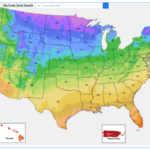

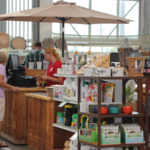


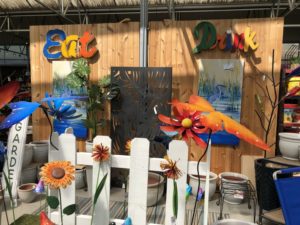

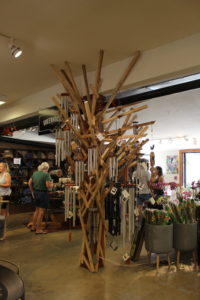
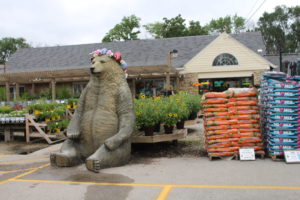
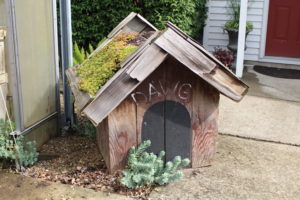

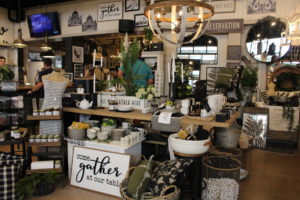
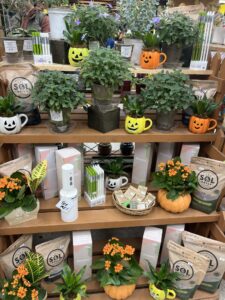

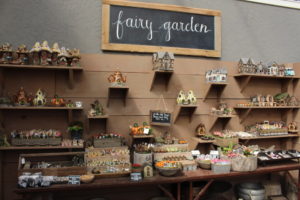
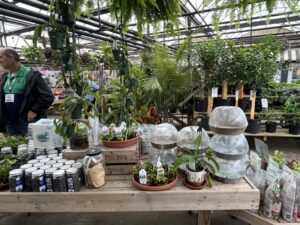
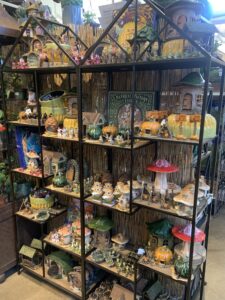
 Videos
Videos





